Vintage Tribal Kilim Runner 2' 11" x 9' 7" (35" x 115")
Type:
Kilim RugsCollection:
Tribal RunnersID:
K0077547Size:
Material:
The designs feature a rich array of symbols representing tribal culture and Anatolian motifs, often in the form of medallions, diamonds, and other geometric shapes.
The designs feature a rich array of symbols representing tribal culture and Anatolian motifs, often in the form of medallions, diamonds, and other geometric shapes. These kilim runners are ideal for hallways and narrow spaces, offering a touch of ethnic charm and artisanal quality to any interior.
Herki kilims not only serve as functional floor coverings but also as artistic expressions of tribal identity, making each rug a unique cultural artifact.
Colors
- Earth Tones: The kilim showcases a palette consisting of burnt oranges and browns, contributing warmth and a sense of nature.
- Pastel Shades: Soft pinks, creamy whites, and muted greens appear in the design, providing balance and a softer contrast to bolder colors.
- Contrasting Borders: The border features a contrasting color palette that frames the central design, making it stand out and adding depth.
- Gradation: The use of ombres or gradients between colors adds a dynamic quality, creating a sense of movement throughout the piece.
Design Elements
- Geometric Patterns: Predominantly geometric shapes like diamonds, triangles, and rectangles populate the kilim, representing stability and harmony.
- Symmetry: The symmetrical layout of the design creates a sense of order, fostering visual appeal and balance.
- Repeating Motifs: The repetition of certain motifs suggests continuity and a connection to tradition, highlighting the craftsmanship of the weavers.
- Texture: The flatweave technique used in kilims gives the runner a tactile quality, enhancing its visual and sensory depth.
Meaning of Motifs
- Diamond Shapes: Often symbolize the concept of protection and abundance, believed to ward off evil spirits while fostering prosperity.
- Triangles: Representing mountains and stability, triangles convey strength and resilience, core values within tribal cultures.
- Cross Patterns: These symbols signify the intersection of different realms—earth, sky, and the divine—indicating spiritual beliefs.
- Color Symbolism: The choice of each color enhances the overall meaning, such as red for passion and vitality, while softer shades illustrate peace and tranquility.
Summary
The vintage tribal kilim runner is a vibrant representation of both color and design elements that reflect cultural heritage. Its earth tones and pastel shades create a harmonious blend, while geometric patterns and symmetry establish balance and beauty. The motifs woven into the fabric convey deep meanings, emphasizing protection, stability, and spirituality. This kilim serves not just as a decorative item but as a piece that carries significant cultural narratives and symbolism.
- Ships in 1-4 business days
- Only one in stock, handmade, unique
- Free shipping via FedEx Express. Easy returns
- Contact us or add a note to your order if you want us to delay your shipping.
- Request more info if you want this rug shorter or narrower
Colors may appear slightly different across various monitors due to screen settings device differences, and external lighting conditions. If color accuracy is important for your space, we recommend viewing the rug on multiple devices or contacting us for a detailed color description. We can provide detailed photos and references using Sherwin-Williams, Benjamin Moore, Pantone, or even Crayola crayons.
You can also visualize most of our products in your own room with AR (augmented reality) on an iPhone or iPad.
Return Policy
Need a rug pad? We recommend RugPadUSA
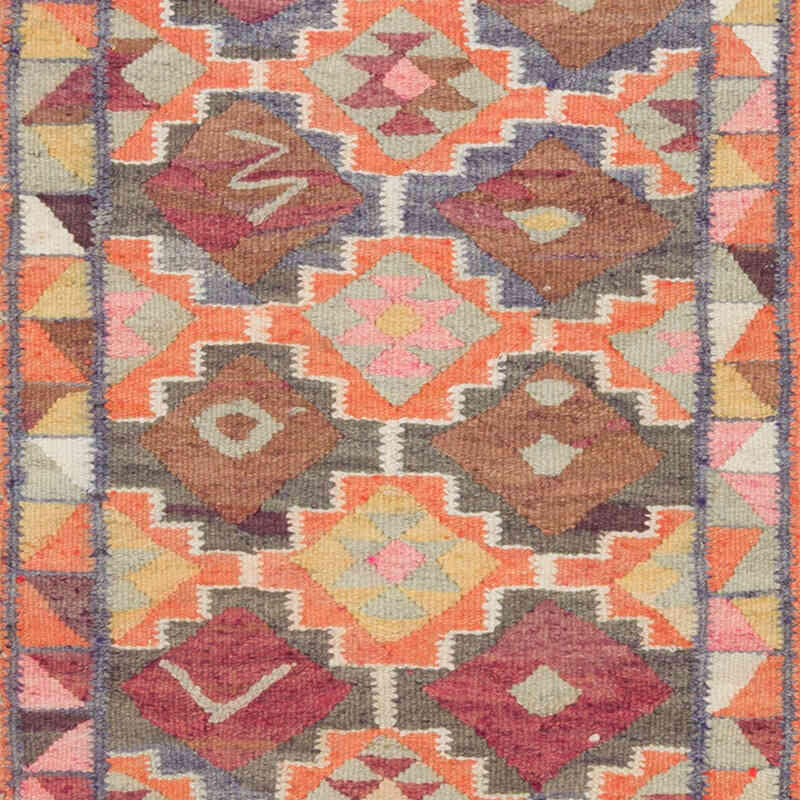
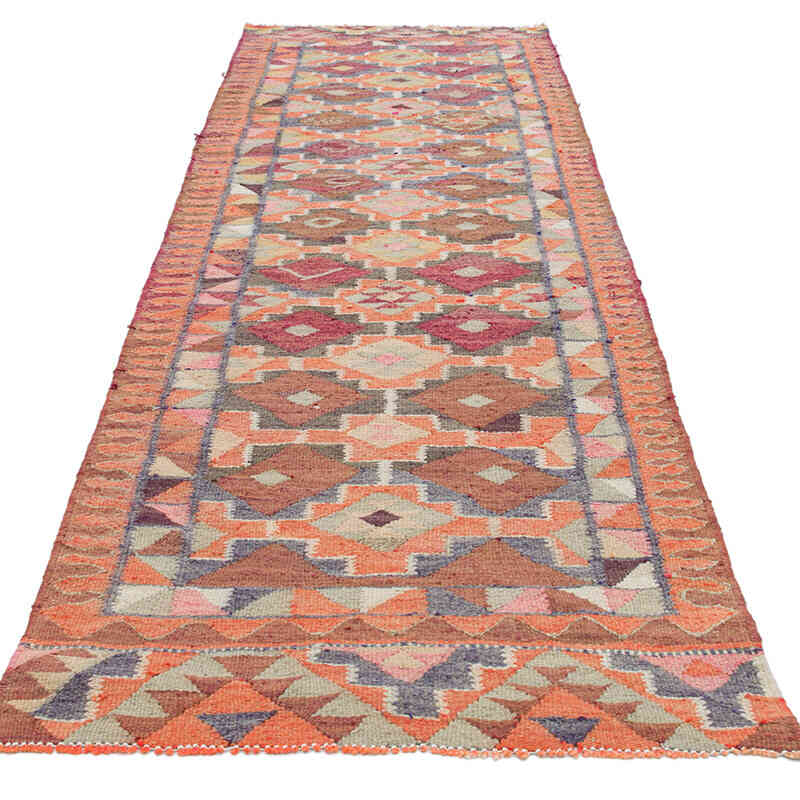

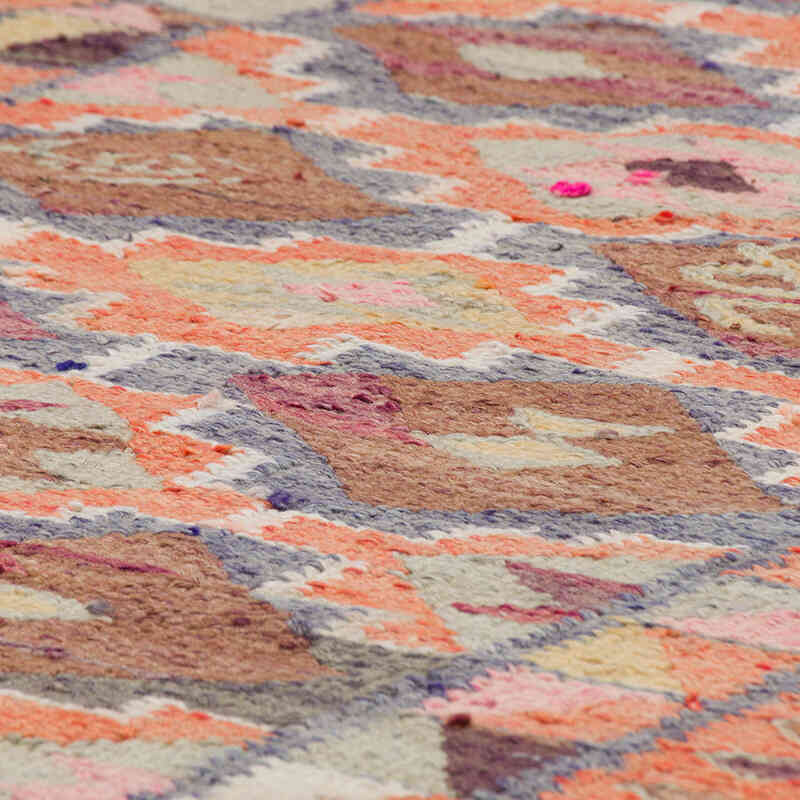
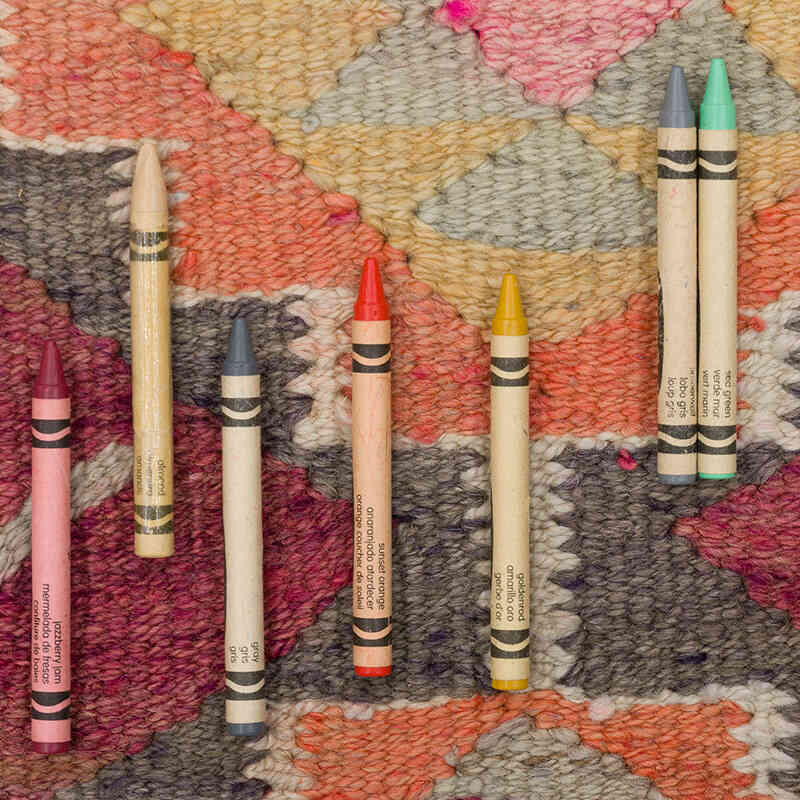
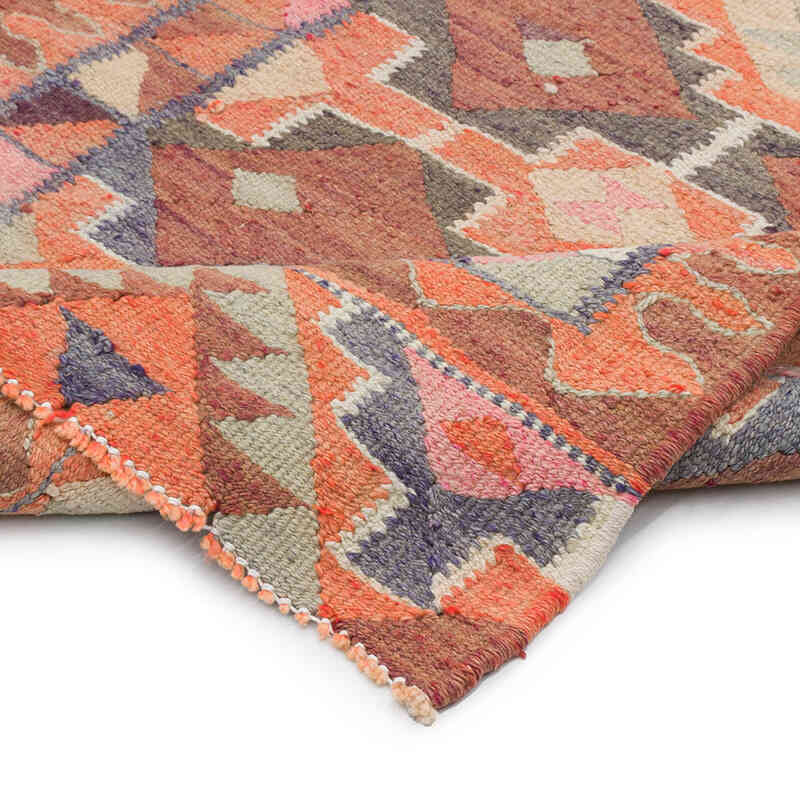
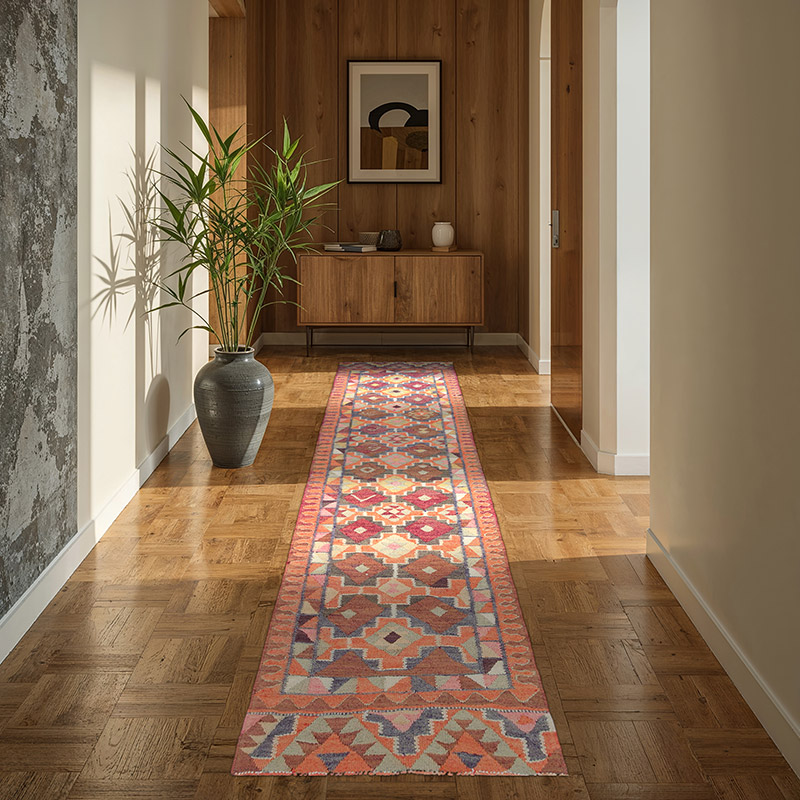
















Rug was exactly as pictured and…